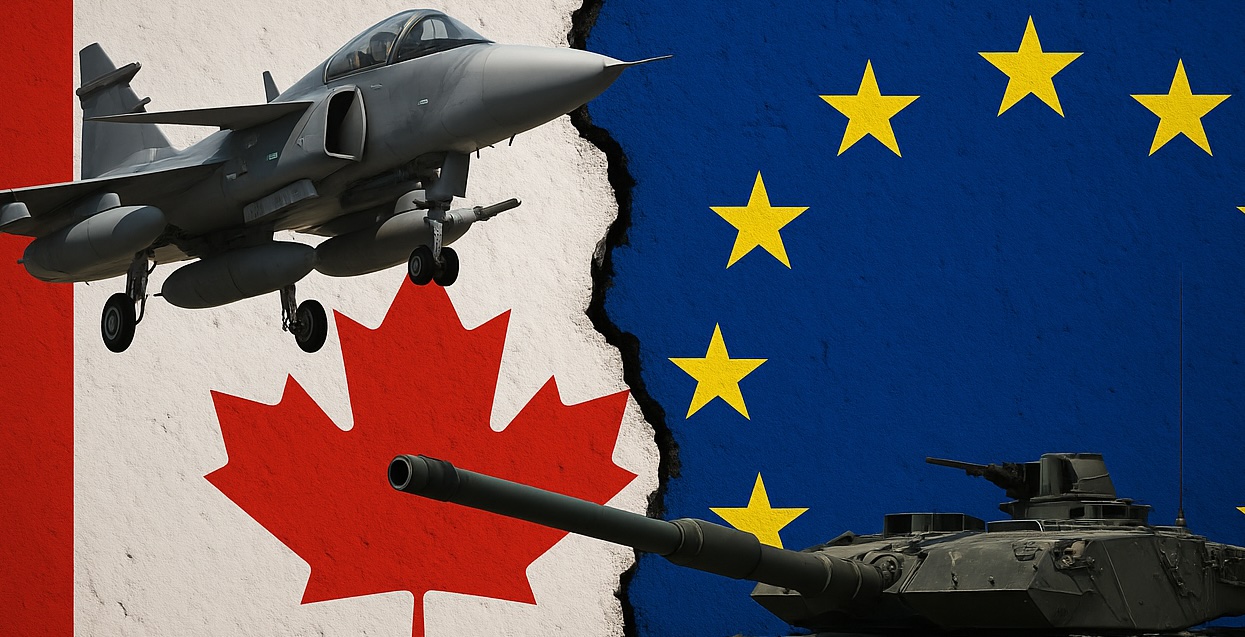Already a subscriber? Make sure to log into your account before viewing this content. You can access your account by hitting the “login” button on the top right corner. Still unable to see the content after signing in? Make sure your card on file is up-to-date.
Canada’s Prime Minister has announced his intentions to join the European Union’s ReArm Europe initiative, a multibillion-dollar defense rearmament plan aimed at strengthening Europe’s military capabilities and reducing reliance on US defense contractors.
Some shit you should know before you read: If you didn’t know, a significant portion of Canada’s military equipment is sourced from the United States, with approximately 75 cents of every dollar in Canadian defense capital spending currently going to American suppliers, according to Prime Minister Mark Carney. Recent political developments have prompted a strategic reassessment, with Canadian officials openly calling for diversifying defense sources. Prime Minister Carney has said that relying on the US is “not smart.” This sentiment echoes earlier warnings by former Prime Minister Justin Trudeau, who acknowledged that “relying too heavily on any one partner, even a close ally, comes with strategic risks.”

What’s going on now: In a notable development, Canadian Prime Minister Mark Carney has announced Canada’s intention to join the European Union’s ReArm Europe initiative, a $1.25 trillion defense plan designed to expand Europe’s military capabilities and reduce dependence on US arms. The initiative, expected to be finalized in the coming months, focuses on ramping up the European defense industry by prioritizing the production of European-made military equipment, such as aircraft, munitions, and naval systems, and is supported by proposals for a $163 billion loan program to finance joint military development across the continent.
Carney stated that Canada is aiming to formally join the plan by Canada Day (July 1), marking a pivot toward Europe in defense procurement. “We’re making great progress on that, and by Canada Day we’d like to see something concrete there,” Carney told CBC. The EU plan stipulates that 65% of component costs must originate from within the EU or approved partners like Canada, positioning Canadian companies to supply the remaining 35% and possibly more through expanded agreements.
Despite this ambitious international push, Canada’s defense spending remains well below NATO’s established targets. As of 2025, Canada allocates approximately 1.37% of its GDP to defense, far short of the 2% target set by NATO members over a decade ago. Carney has committed to meeting the 2% mark by 2030, a promise made during the federal election, but he stopped short of endorsing any arbitrary figure beyond that.







